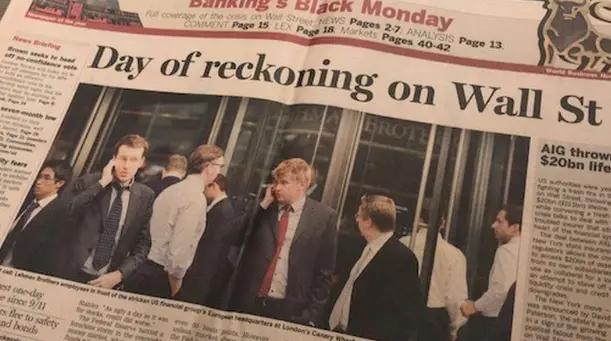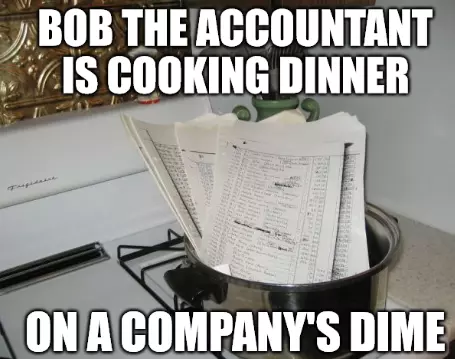This is the top level article for managing liquidity risk.
Linked articles are: Altman-Z>> || Free Cash Flow>>
Let me give you a relatable example of liquidity risk in a nutshell:
Imagine you put in $125,000 to buy a property for investment. You borrow $500,000 from the bank.
Based on your analysis on the property specs (location, land size, vicinity to public amenities, etc), you expect to get $25,000 in rent per year out of this property.
Also, within 10 years, its value is expected to double (2x), of which you would sell it for massive profit.
In other words you’ve found yourself a very good investment.

Now, It’s a new property, and you are told to wait 6 – 7 months before it’s finished being built by a builder.
On the 5th month, the builder went into liquidation, e.g bankrupt. You have not made any money yet out of your property.
My question to you is, can you get your money back? Or part of your money back?
What do you think? (the answer is no)
This is liquidity risk : by not investigating the financial health of your builder, you just lost it all.
Plus, you still owe the bank $500,000. Good luck!
Exact same thing happens when you invest in the stock market.
The company that you invest in can go kapoof at any time with all of your money.
This article will guide you on how to detect companies that are in big trouble, and hopefully you stay away from them.
After reading through and applying the principles, you might be surprised that some of the stocks you already own belong in this troubled group
Navigation
Real Life Example of Liquidity Risk

Remember 2008 global recession?
Countless investors suffer massive losses (including pension funds, by the way) because the companies they invest in can’t pay their short term debt.
Unfortunately, they can’t cash out their investment beforehand too, since no one is buying at that point. Everyone was selling / exiting their position. This is the reason that all the money was lost.
And that’s what will happen if you unknowingly invest in an illiquid company.
At the end of their life, you will be notified that they are in trouble, and bam, you can’t even cash out your position since everyone is panic selling. No one will buy your stock.
How to Assess Liquidity Risk
1. Apply A Credit Strength Test
Credit strength test purpose is to help predict a looming financial distress using a multifactorial financial formula.
Generally, applying the test to a company’s financial statement would reveal how far the company is heading towards bankruptcy a.k.a. the ultimate illiquidity.
If the company scored below a certain number, the company is in trouble. Otherwise, they are in good hands and safe to invest.

2. Look for Credit Strength Consistency / Improvements
One time snapshot of the credit strength is unfortunately not enough and may produce false positives.
You can imagine, a trailblazer company that just started 3 – 4 years ago would have a terrible credit strength score since they have not found a stable financial footing yet, even though other indicators are strong.
Another one, a 20-year old solid stable company that just went through a rough 1 year, would see its credit strength score dips despite consistent strong 20 year performance.
It would be saddening to exclude the above companies from your investment portfolio, although it is not the worst that it could happen to you.
The worst kind, is a fundamentally flawed company that suddenly has an excellent credit strength score for that year only, where previously they were always in trouble.
To avoid all of the headache above, note down the credit strength score of the company for the past 5 years and check for consistency / improvements over time.
This is also covered in the Altman-Z>> article, so be sure to check it out here>>
3. Check Whether The Books Are Cooked
It is not rare for a troubled company’s financial statement to be “altered” so it looks better than they really are.

Most people look at earnings alone, or EBITDA, which can easily be manipulated. However, this is very hard to do with Free Cash Flow, so use it to your advantage.
Check the company’s past 5 year earnings and compare it with its free cash flow.
We can sniff trouble if free cash flow has the opposite trend to earnings, e.g. earnings are trending up, but free cash flow is trending down.
I have analyzed heaps of companies that reported great earnings growth year on year, but its Free Cash Flow suggests they are in trouble.
I have written detailed accounts about how to use Free Cash Flow>> including examples, so be sure to check it out here>>
Don't Forget Other Financial Ratios Too!
I always stress that we just can’t make an educated decision based on few metrics metric alone.
I believe a good company to invest in has to survive a full holistic analysis, meaning:
- Have decent past performance
- Have great future potential
- Undervalued
- Resistant to bankruptcy
- Resistant to bad management decisons
- Have great liquidity that can cover its short term debt
- Failsafe mechanism in the stock (e.g. great dividens) if the company performance goes south
That is why I developed SFA Investment Class.
A one-year guided class and mentorship in which you learn about all the important criterias, and how to use them so that you can start seeing REAL results.
You’ll have:
- In-depth stock investment knowledge that leaves no stone unturned.
- One-on-one mentoring that will guide you through the entire process.
- Action Plans for applying what you’ve learned to your real-world investments.
- Practical Tips.
- Weekly update of current economic and investing insight.
Furthermore, my team will add you to a private WhatsApp group where you will meet others in the same situation as you, as well as have access to mentors and group discussions.
So, if you’re looking for a resource to help you get REAL guided results, look no further.
You owe it to yourself to check out the SFA Investment Class >>
I guarantee that within the first two months, you will feel far more confident about your investments, and have a solid plan in place to achieve your financial objectives.
I’m looking forward to seeing you in class.

James Lim
SFA Founder
Member of Australian Investors Association (AIA)
The University of Queensland Speaker









